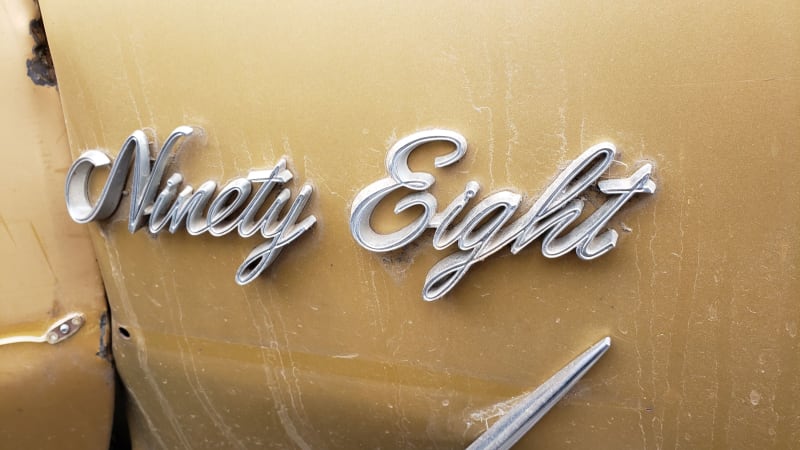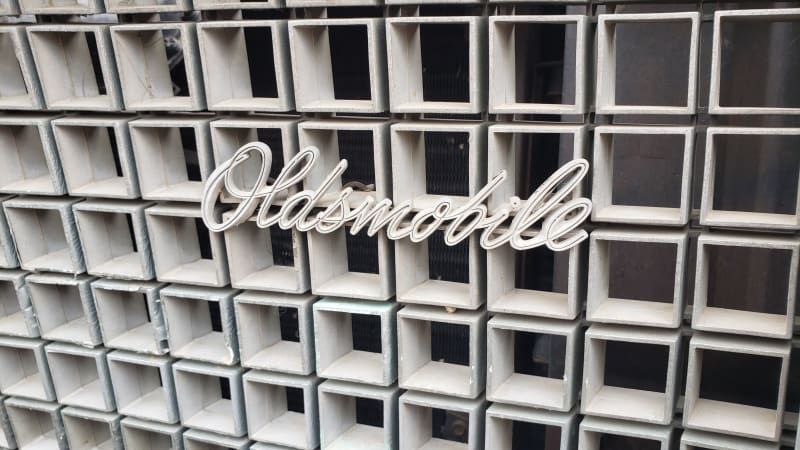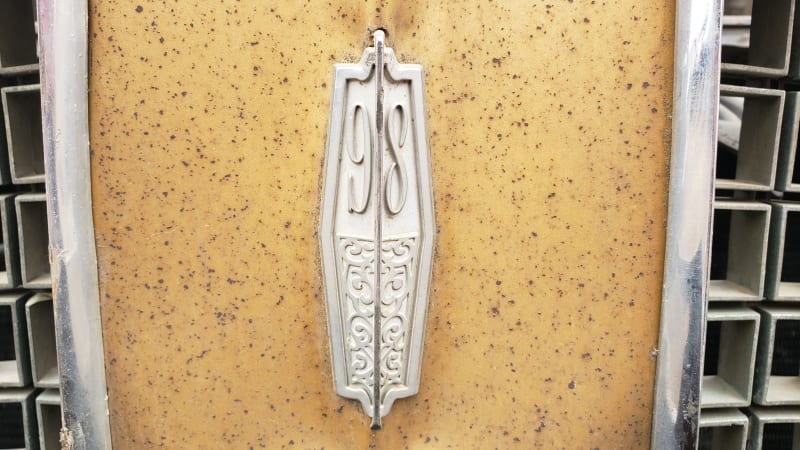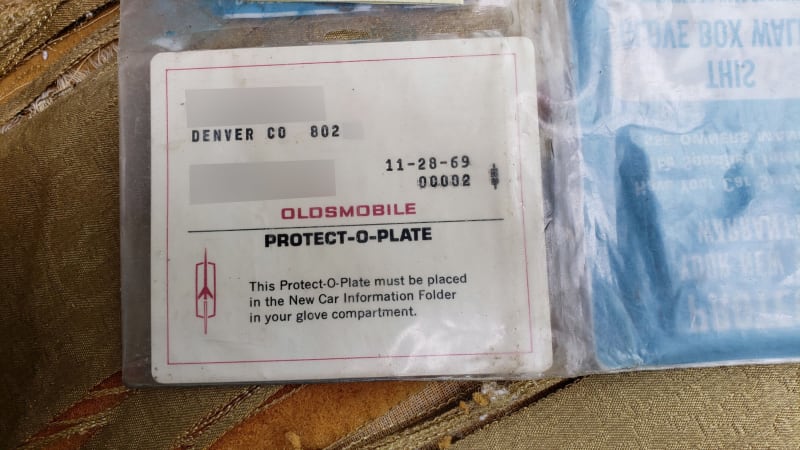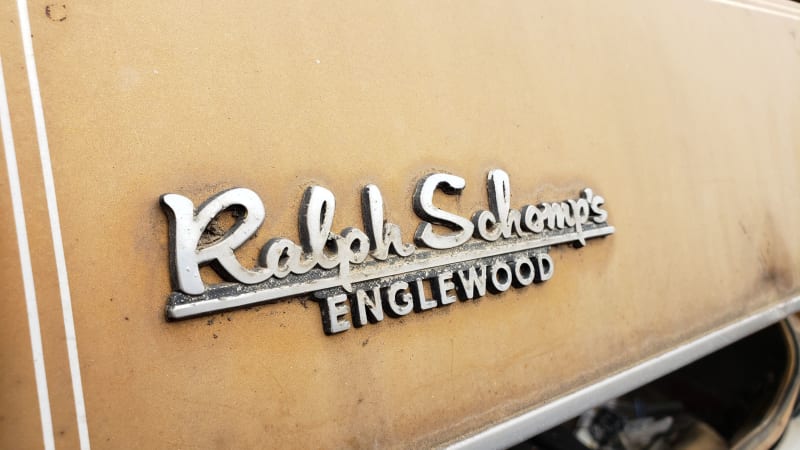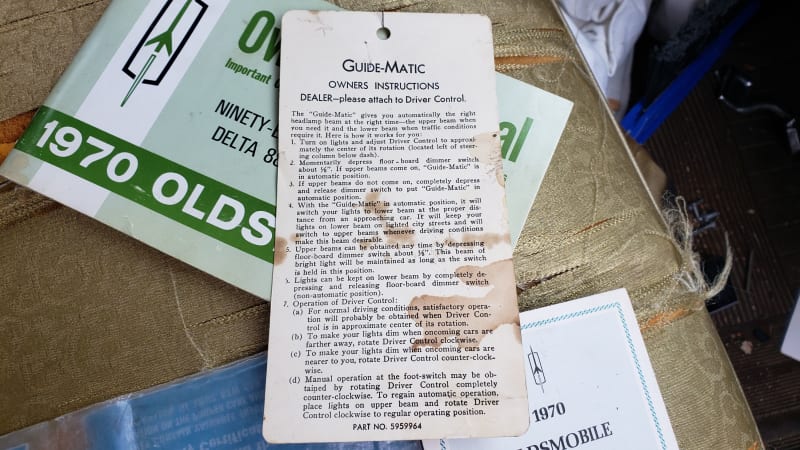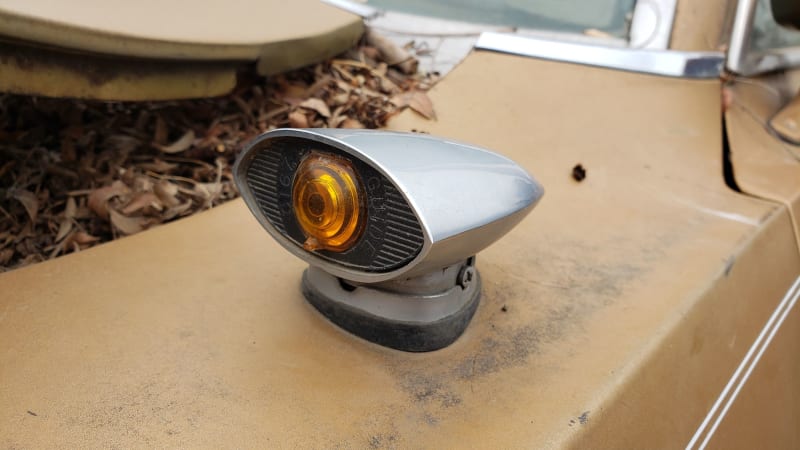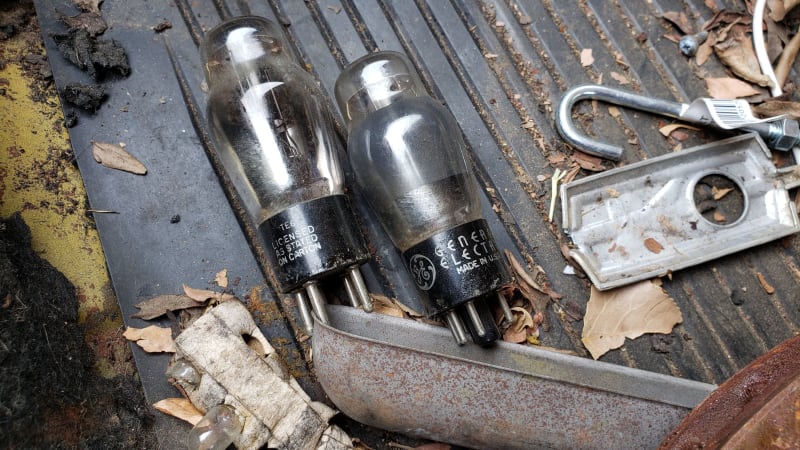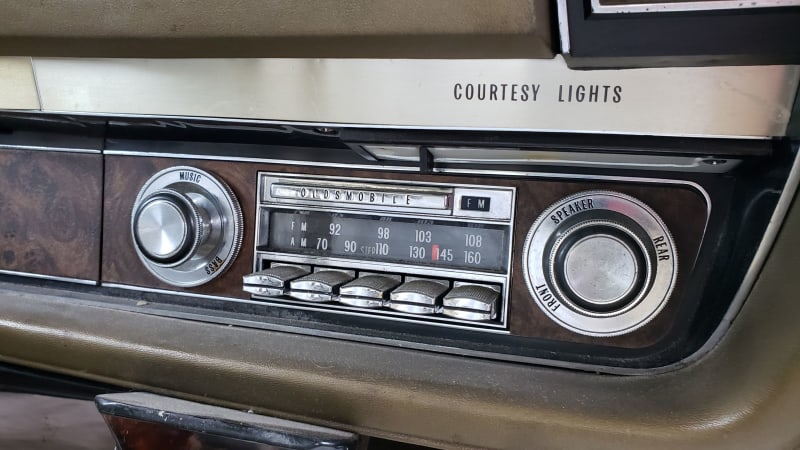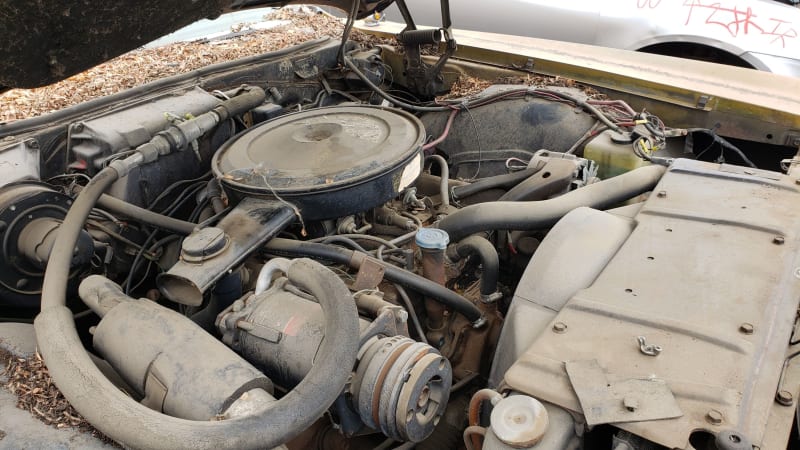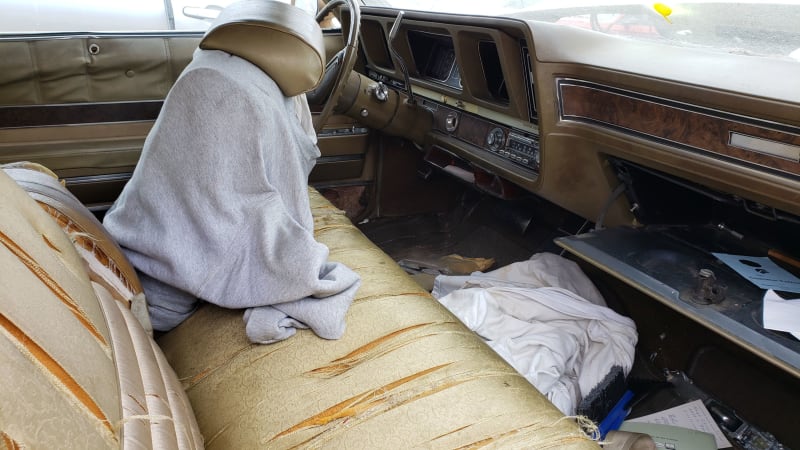Even though Oldsmobile’s best sales years came in the mid-to-late 1970s, when the Cutlass topped the American charts for several years, a strong case could be made that the Oldsmobile brand reached its pinnacle in model year 1970. Olds shoppers that year could buy a brutal-looking 4-4-2 with a 455-cubic-inch (7.5-liter) V8 frying the tires with 370 horses and 500 pound-feet, while the Delta 88 made its just-barely-cheaper Chevy Caprice sibling seem tacky and the costly Buick LeSabre look like something Grandpa would impulse-buy after knocking back too many gin Rickeys at the golf club. The ’70 Vista Cruiser wagon proved to be one of the best-looking family haulers ever to come out of Detroit, and the Toronado cruised with great devilish appeal. At the top of the Oldsmobile pyramid stood the Ninety-Eight, built on the same platform as the Caddy DeVille and giving those snooty Cadillac salesmen the cold sweats with its opulence-per-dollar appeal. Today’s Junkyard Gem is such a car, a sporty 1970 Ninety-Eight Holiday Coupe, found in a Denver yard just a few miles from the dealership that sold it.
Actually, the competition that the Oldsmobile Division gave its corporate comrades around 1970 proved to be an ever-increasing problem, with the once-clear prestige lines drawn between those divisions by the brilliant Alfred Sloan blurring with each passing year. In the 1930s and well into the 1960s, you bought your first Chevrolet and then moved up through Pontiac, Oldsmobile, Buick, and Cadillac — always in that order, though you could skip a division here and there — as you became more prosperous during your career. Ford and Chrysler made efforts in that direction, but General Motors became the king of corporate America with this plan.
But by 1970, you could load up a full-sized Chevrolet so that it cost more and had nicer features than a Pontiac (or even an Olds or Buick) sharing the same chassis, and the same blurring, both up and down, took place across all the GM car marques. What was the point of lording it over your neighbor when your new Cadillac Calais cost less than his new Buick Electra 225 Custom? This Olds Ninety-Eight was a well-built machine and a fine value, but why steal customers from your own corporation when you should be stealing them from Ford, Chrysler, and American Motors?
No matter. GM was so vast and powerful in 1970 — in fact, one of the biggest worries facing the company throughout the 1960s was the threat that the federal government might attempt to break it up on antitrust grounds, as happened a bit more than a decade later with the Bell System — that such problems seemed minor annoyances. Not much later on, the cheapening of the Cadillac and Buick brand images became a crisis, but The General ruled the battlefield in 1970, and the Olds Ninety-Eight was one of his finest war chariots.
This car appears to have been a one-owner machine, bought new in November of 1969. The original owner’s manual, Protect-O-Plate, warranty documentation, and everything else remained in the glovebox when the forklift dropped this car into its final parking spot prior to its date with the crusher. Don’t worry, I grabbed all this stuff. Interestingly, the owner’s address was shown as Denver, but in a part of the city that incorporated as the City of Lakewood (the borders of the City of Denver have done a lot of puzzling shifting and gerrymandering over the decades) at just about the very moment this Ninety-Eight was sitting in the Ralph Schomp’s showroom in nearby Englewood.
Ralph’s original dealerships around these parts have expanded into a mighty Rocky Mountain car-slinging empire by now. This car came out of the original Schomp’s showroom just over from the Denver city limits on South Broadway (that spot is now an office building located across the street from one of my favorite ramen joints in the Denver region).
I’m guessing this car broke a couple of decades ago, or perhaps its owner became too old to drive it, and then it sat. Eventually, I speculate, some family member realized that the car wasn’t worth fixing up and opted for the no-hassle disposal method of calling U-Pull-&-Pay.
You may have noticed the Guide-Matic instruction sheet next to the owner’s manual. Yes, this car had the expensive and temperamental system for auto-dimming the headlights when an oncoming car was detected by the fender-mounted electric eye.
I thought about pulling the Guide-Matic components, so I could rig up the system and write about it, but the trunk was full of the telltale vacuum tubes that indicate futile attempts to repair a broken Guide-Matic and, besides, I still need to get my 1989 Buick touchscreen computer working. Some of you will scream about the crazy prices paid for Guide-Matic components on eBay and my idiocy for leaving that money in the junkyard, but I’ve reached my limit with difficult eBay buyers after 23 years of selling car parts there.
Likewise with this putatively valuable factory AM/FM radio. Some other junkyard shopper is welcome to try to make a few dozen dollars selling it.
However, if I had a GM A-Body project right now and it needed an engine, I would have bought this Rocket 455 right away — just imagine something like a LeMans Sport Coupe with this engine, which is a near-bolt-in swap. This high-compression (10.25:1) engine was rated at 365 horsepower and 510 lb-ft, and GM sometimes underrated power numbers on engines of this era, to spare buyers from high insurance premiums. The Olds 455 — unrelated to the Buick and Pontiac 455s, just to confuse everybody — made terrifying torque at revs you’d consider a slightly fast idle from lesser engines, and you didn’t need to rev it to rod-through-the-oil-pan levels to go fast (which you did have to do with the crazier Chevy 454s that year).
This family of Oldsmobile engines is interesting for outliving all the other 1940s-1960s (non-Chevrolet) GM V8 designs, prior to the corporate-engine era we live in now. The 307-cubic-inch (5.0-liter) version soldiered on into the 1990s. The last Buick and Pontiac V8s went into 1981 cars while the final version of the ’49 Cadillac V8 family rolled out of showrooms in 1984.
It’s not rusty and big Detroit hardtop coupes of this period are worth decent money in good condition, but the sun-roasted interior and body damage would have been prohibitively expensive to restore; $20,000 to put together a $9,000 car isn’t a great bargain unless you plan to keep it forever.
Life as an architect got a lot better when you had a ’70 Olds Ninety-Eight hardtop as your Escape Machine. It’s hard to believe that, 34 years later, the ancient Oldsmobile brand would be on the GM chopping block.


